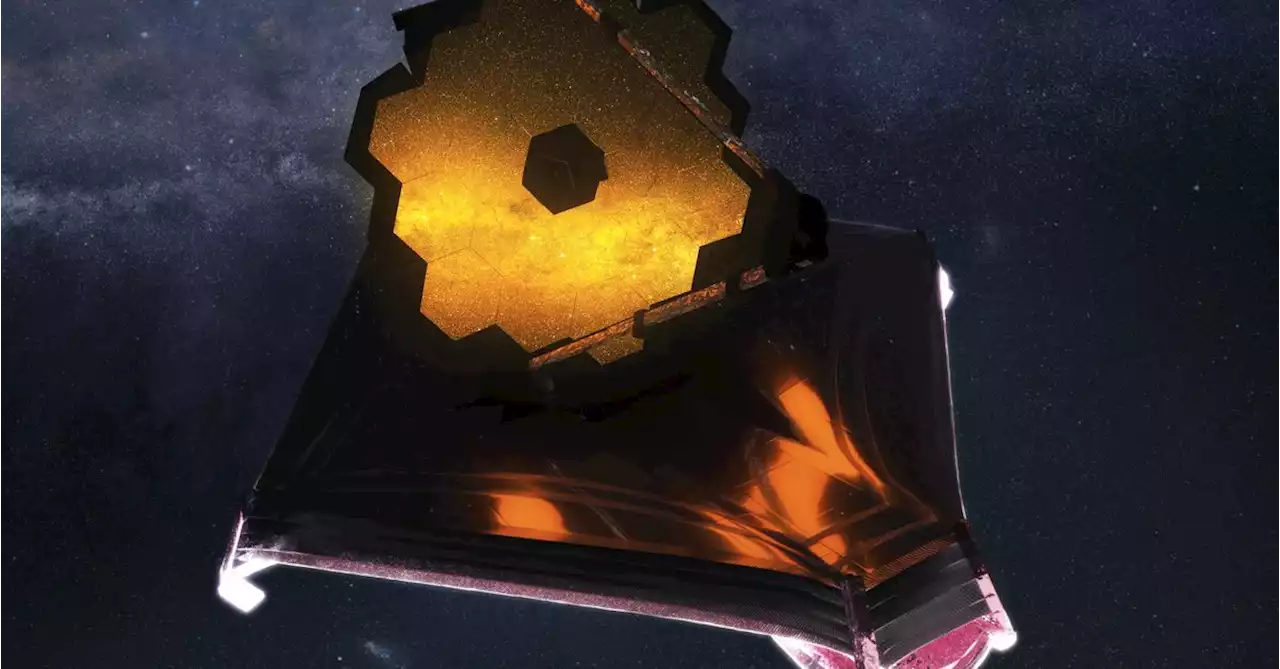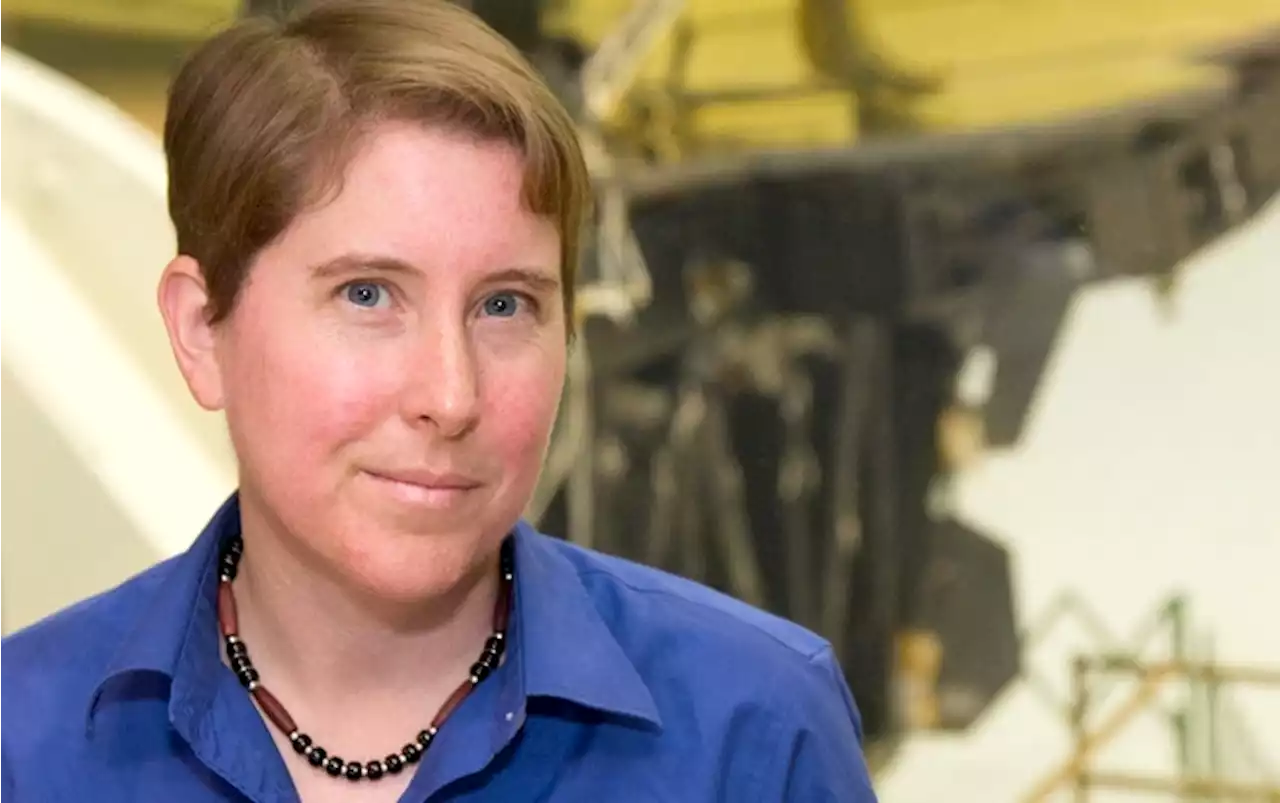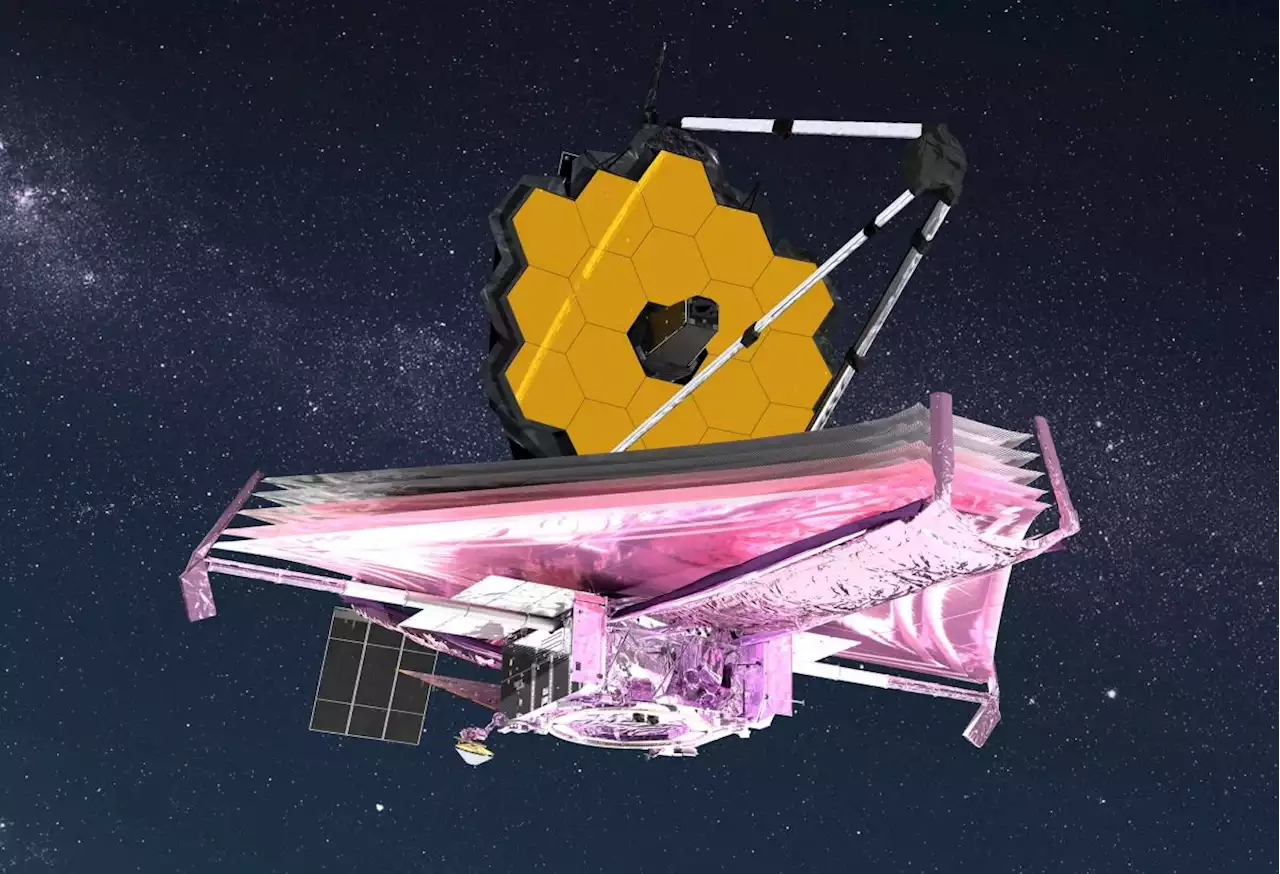All 17 of the observatory's scientific instrument 'modes' have now been fully vetted, NASA announced today (July 11).
atop an Arianespace Ariane V rocket on Dec. 25, 2021, kicking off a month-long trek to the Sun-Earth Lagrange Point 2 , a gravitationally stable spot in space about 930,000 miles from our planet.
Mission team members conducted a series of complex deployments during that journey, notching milestones such as unfolding Webb's five-layer sunshield, which is about the size of a tennis court. And the prep work continued long after the observatory got to L2, as the Webb team labored to get all four of the telescope's super-sensitive science instruments up to speed.
Each of those instruments can operate in multiple modes, as NASA explained in today's update. And the final mode has now been fully vetted. "The last of all 17 instrument modes to be commissioned was NIRCam's coronagraph capability, which works to mostly block incoming starlight by inserting a mask in front of a target star, suppressing the target star's relatively bright light to increase contrast and enable detection of fainter nearby companions such asRelated stories:
Brasil Últimas Notícias, Brasil Manchetes
Similar News:Você também pode ler notícias semelhantes a esta que coletamos de outras fontes de notícias.
 How to watch NASA reveal the first images from the James Webb Space TelescopeNASA will be streaming live on multiple platforms.
How to watch NASA reveal the first images from the James Webb Space TelescopeNASA will be streaming live on multiple platforms.
Consulte Mais informação »
 Biden to unveil first photo from James Webb Space TelescopeThe image, known as “Webb’s First Deep Field,” will be the deepest and highest-resolution view of the universe ever captured. Biden is scheduled to release it on Monday.
Biden to unveil first photo from James Webb Space TelescopeThe image, known as “Webb’s First Deep Field,” will be the deepest and highest-resolution view of the universe ever captured. Biden is scheduled to release it on Monday.
Consulte Mais informação »
 Watch President Biden unveil the 1st James Webb Space Telescope science image today!The last-minute reveal will come less than 24 hours before the main image release on Tuesday, July 12.
Watch President Biden unveil the 1st James Webb Space Telescope science image today!The last-minute reveal will come less than 24 hours before the main image release on Tuesday, July 12.
Consulte Mais informação »
 Meet the Woman Who Makes the James Webb Space Telescope WorkJane Rigby, Webb’s operations project scientist, discusses how NASA plans to wring as much science as possible from the $10-billion observatory
Meet the Woman Who Makes the James Webb Space Telescope WorkJane Rigby, Webb’s operations project scientist, discusses how NASA plans to wring as much science as possible from the $10-billion observatory
Consulte Mais informação »
